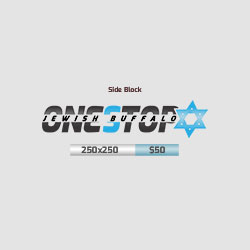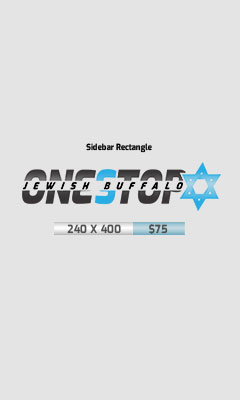In this week’s Parsha, Yaakov encounters Eisav’s archangel.They wrestle until the break of dawn, and when the angel sees that he will not overcome Yaakov, he strikes the socket of his hip. This cosmic battle was much more than a one-time wrestling match. The Ramban cites the Bereishis Rabbah which explains that the injury that the angel was able to inflict on Yaakov Avinu was not just a physical injury on Yaakov’s body. Rather, it was a spiritual injury that would last throughout the generations.
“He injured all the future generations of tzadikkim that would come from Yaakov; this is the generations of shmad.” “Shmad” refers to those many generations throughout our history when Jews assimilated and left Judaism either under duress or due to the appeal of the Eisav culture.
The Sh”lah Hakadosh writes that one such generation was that of the Chanukah story in which many Jews Hellenized under the influence of the Greek culture. This tragic loss and the miraculous return of the Jewish people is central to the Chanukah story. The Sh”lah makes a fascinating observation regarding the letters used in this episode in the Torah and the Chanukah story.
In this week’s Parsha, the angel strikes Yaakov in the “socket of his hip.” The Hebrew word for this is “kaf yerech” The word “kaf” is spelled with two letters, kuf and pheh. These same two letters spell the word “pach.” which means jug, which is the word used to describe the jug of oil that was found by the Chashmonaim when they recaptured the Bais HaMikdash from the Greek armies.
There is one significant difference between these two words, and that is the order of the two letters. This change affects the shapes of the letters; when the kuf and pheh appear at the end of a word they are “open”; instead of curling in at the bottom of the letter, the line continues straight down. The Sh”lah explains that all this contributes to the meaning of the hint to the Chanukah story. Each of these letters, “kuf” and “pheh” also relate to words. A “kaf” is a hand and a “peh” is a mouth. The injury that Yaakov suffered has a closed “kaf” and an open “pheh”; this corresponds with the closed hand and open mouth of the Hellenized Jews.
Their hands were closed from providing assistance to their impoverished brethren, and their mouths were open constantly reporting negatively to the Greek officials. The victory of the Chashmonaim was with “pach” a closed mouth and an open hand. They eliminated all those who had been offering negative reports to the Greeks, and they opened their hands to the poor sharing the booty they brought back from war to help those in need.
The Ramban concludes, that there have been other generations that have treated us as the Greeks did, and even worse. Yet, despite all the persecution, Klal Yisrael is always able to live on. This is hinted at in the Parsha as the pasuk says following Yaakov’s confrontation with Eisav, “and Yaakov arrived intact…” (Bereishis 33:18). Even after Yaakov received that blow from Eisav, he remained intact.
May Hakadosh Baruch Hu continue to keep Klal Yisrael alive and well, and help us to stand strong against the persecution and assimilation until the coming of Moshiach, bimhaira v’yamainu.


